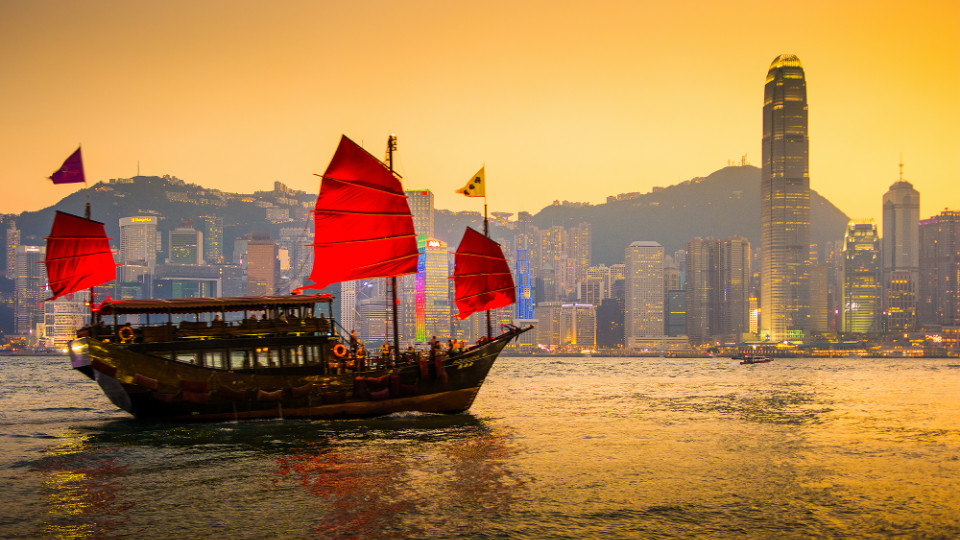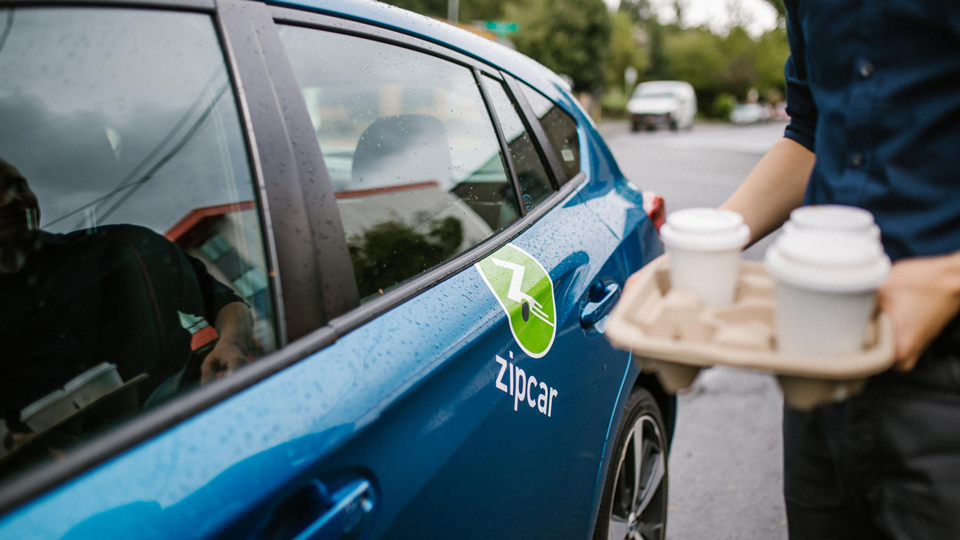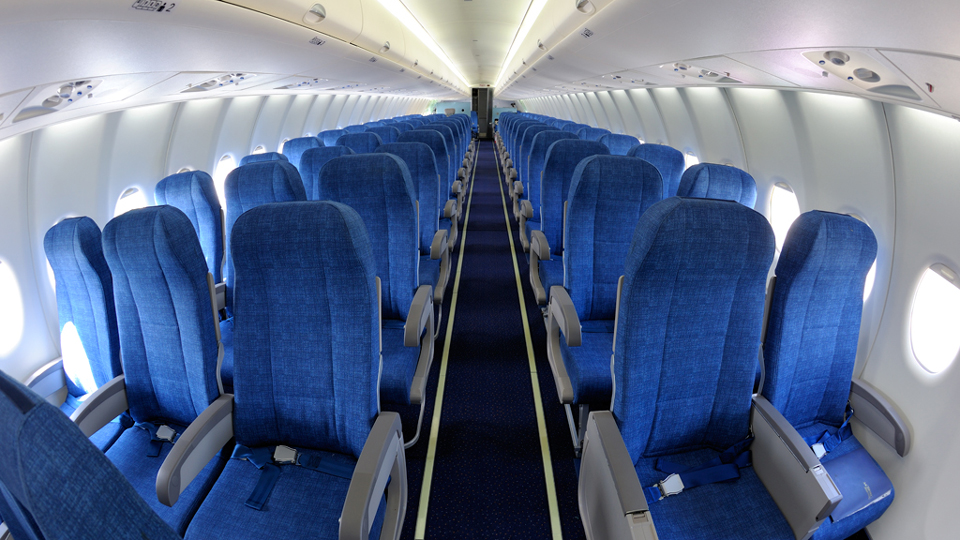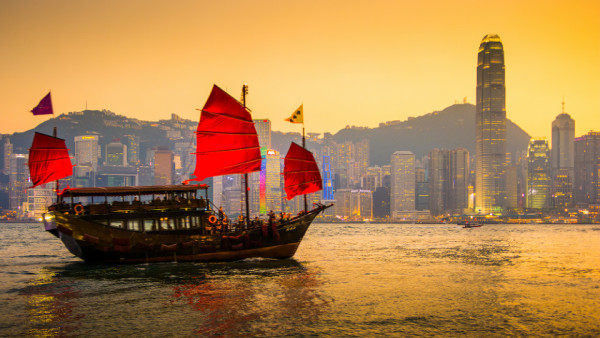
I used to watch the boats sail back and forth in the harbor from my cubicle and this junk (or boat) was always a distinctive blot on the waterfront. When I moved to Hong Kong, I didn't believe there could be a city crazier than New York.
Hong Kong is a city of extremes. The opulent and the poor coexist here in effortless fashion; brand new Lamborghinis are lazily parked in decrepit alleyways next to dumpster trucks and broken glass. Money flows through this town like water. This city’s main sport? It might as well be shopping (followed by my favorite, eating). High rises are more common than trees, surrounding the city’s iconic Victoria Harbour for a spectacular skyline.
Because Hong Kong is actually a series of islands—consisting of Hong Kong Island, Kowloon, the New Territories, Lantau and a series of smaller islands—water sports are huge here. It’s possible to go kayaking for less than $8 a day… or just stare at the multimillion dollar yachts that punctuate Hong Kong’s ports.
It's a literal jungle outside city walls. A favorite pastime of one Hong Kong banker was to go find and wrestle anacondas at night. That’s someone I’m not butting heads with in the office. But because the city is so concentrated (little known fact: some 90% of Hong Kong’s population in 10% of its landmass or something like that), it is possible to be in complete wilderness in 15 minutes, no soul in sight. Tourists rarely know Hong Kong has some of the best hiking you’ll find around, with remote beaches along the South China Sea only accessible by boat or foot.
There was even a saying: “A Hong Kong second is a New York minute.” I ended up moving to New York City after Hong Kong so I could take a break. Regardless, you’ll either love or hate Hong Kong. Often both in the same breath.
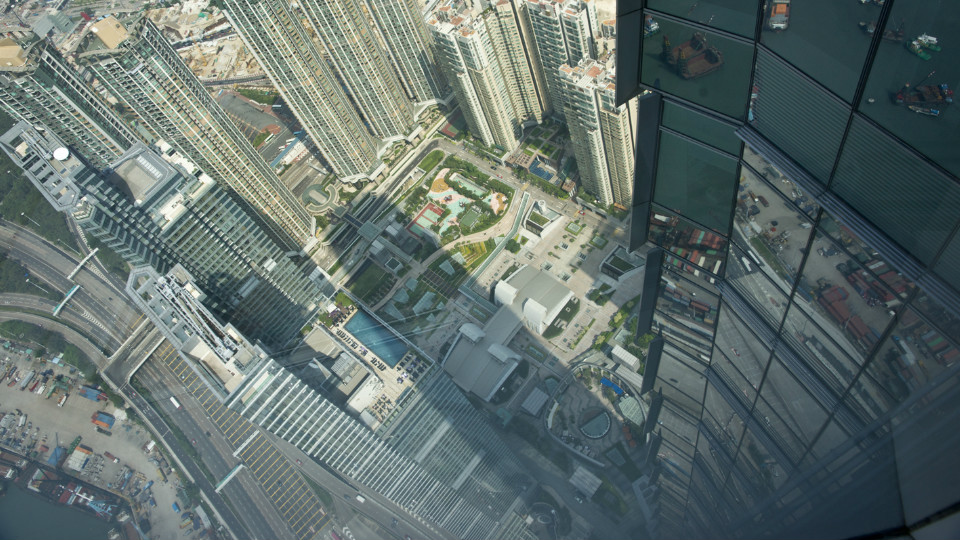
Urban jungle. (Barbara Willi / Flickr)
The Cheatsheet
| Language | Chinese (Cantonese); English |
| Currency | Hong Kong Dollar (HKD); .81 to 1 USD |
| Entrypoint | Hong Kong International Airport (HKG) |
| Visa | None for tourism, good for 90 days |
| Departure Tax | None |
| Water Drinkable? | Theoretically yes but everyone prefers bottled |
| Tipping | None |
| VAT Refundable | None because Hong Kong doesn't add VAT |
| Power Socket | British-style plug |
| Country Code | +852 |
| Everyone Drives on the... | Left |
Language
Thank god Hong Kong was a former British colony! Because of that a fair amount of residents speak English, though visitors will find it leans toward the Commonwealth version than the American version. English is most prevalent on Hong Kong Island and the touristy parts of Kowloon, though this changes the further and further you travel out.
Chinese, particularly Cantonese is the main language read and spoken, especially as you begin poking around the tiny hole in the walls. Mandarin, though not as widely spoken, is widely understood. Pro tip: Bring addresses in traditional Chinese for taxi drivers. It can be hit or miss with these guys and more often, miss.
Cities and Airports
The country's major international and only airport is Hong Kong International Airport (HKG). It is currently located out on Lantau Island, which is only a hop and skip from town. Like Singapore, Hong Kong is such a small territory there's no need for a "domestic" airport.
If you're coming into Hong Kong Island, expect the taxi fare to ring up to $300 or 400 HKD. Depending on traffic, it can take 30-40 minutes but it has some spectacular views of one of the largest seaports in the world — ever seen massive shipping containers?
Budget-minded travelers can take the bus, which is slow, meandering drive for 60-90 minutes but only cost $30-40 depending on the destination. There is a higher degree of locals taking the bus than the Airport Express.
The best option from getting to and from town is the Airport Express train ($100 HKD) which only takes 20 minutes (not including wait time). The nice thing about the train is that there is a free hotel shuttle once you arrive or you can jump on the metro (MTR) to get where you needed to get going. The nice thing about leaving the territory, though, is that you can check in, grab your ticket and leave your bags in the middle of downtown for free.
Visa
Chinese laws don’t apply here. That’s because Hong Kong functions as a “special administrative region” in China and functions somewhat autonomously with its own currencies, law and immigration system (though not without some conflict, clearly).
It’s good to be American here, unlike the People’s Republic of China. Even leaving the territory for a quick day trip to Shenzhen will require a proper Chinese visa. All in all, Hong Kong does not require U.S. visitors to obtain a visa if they are staying for 90 days or less for tourism purposes.
Transport
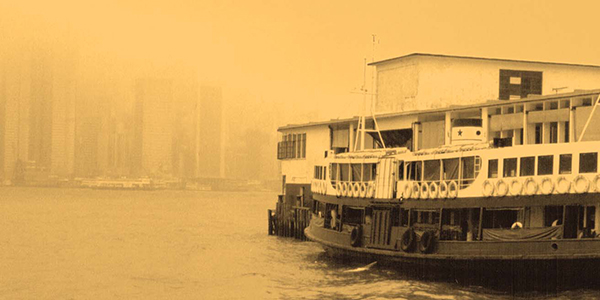
One of my favorite ways to get across town. (Les Haines / Flickr)
The only place in the world where I’ve thought to myself: “There’s too much public transportation.” From trams—also known as dings dings—ferries, buses, subway (MTR) and shuttle buses, there’s are almost too many ways to get across such a small habited area. I used to joke the bus was a shared taxi ride with 30 other people, because it could get me door to door in some places.
The metro (MTR) is the most popular option for getting across town though at some stations you can just spend more time walking through a station than you actually do on the subway line. The bus is another economical (and sometimes cheaper) option that can get you into all the nooks and crannies when the MTR isn’t cutting it. To boot, even the buses are equipped with free Wi-Fi here.
The two most popular ferries are the Star Ferry service from Wan Chai and Central to Tim Sha Tsui ($2.50-3.40 HKD; just under 40 cents). There are also multiple ferries to the Outlying Islands, which are bit of a longer journey. The ding ding on Hong Kong Island is a cheap and fun way to see the town by ground — get on the top floor. You’re not seeing Hong Kong properly if you don’t use every type of public transport at your disposal.
Beyond that, taxis are cheap and plentiful. Expect a ride from Central to Causeway Bay to cost about $30-40 HKD. Gauge from there.
Money*
| USD $1 = HKD $7.75 (~$10) |
| USD $5 = HKD $38.76 (~$40) |
| USD $10 = HKD $77.50 (~$80) |
*accurate at time of publication
The Hong Kong dollar, for better or worse, is pegged to the U.S. dollar. It does make things simple, though. It is, however, worth less than the Chinese yuan.
People generally prefer cash here though it’s possible to pay in credit card—very inefficient and time-consuming—or to pay in Octopus. Word to the wise, it’s possible for goods and transport with an Octopus card. It may even just be worth it for the convenience, depending on how long you plan on staying there (or if you plan to return).
Tipping
No one tips in Hong Kong. In some restaurants, it has become common to add a 10% service charge that’s automatically tacked on to the bill. This often occurs in nicer restaurants that fall above $100 HKD or caters to a more Western clientele. Why pay it again when you’ve already paid it?
Beyond that, it’s not standard to tip for restaurants, taxis or hotels. The only time I’ve added an extra tip has been for exceptional establishments, like the 3-star Michelin-rated Caprice at the Four Seasons or bellboys at five-star luxury hotels such as the Peninsula in Hong Kong for exceptional service. Only the big leagues deserve the extra respect.
Food and Drink
Hong Kong is a conglomerate of Asian food culture, with some of the best Malaysian, Japanese, Cantonese, Thai fare and other around. This city represents pan-Asian food well though it may not have the same variances of Chinese cuisines that you’d find in China proper. Even the city’s second-most popular cuisine is not native to the territory: Hong Kong loves its Japanese food. (Unlike many countries, sushi options here are bountiful and affordable.)
Don’t worry, though, you’ll never be found wanting for Cantonese fare, such as dim sum, wonton mee, dumplings, hofun noodles, egg tarts and roasted duck dishes. Curry fish balls? Yes! Expect to find food in the most unexpected of places, whether it’s a side stall next to the park or whether it involves walking down a dark alleyway and three flights of stairs up in the most unassuming building. There’s even a whole underground private kitchen movement here for those in the know.
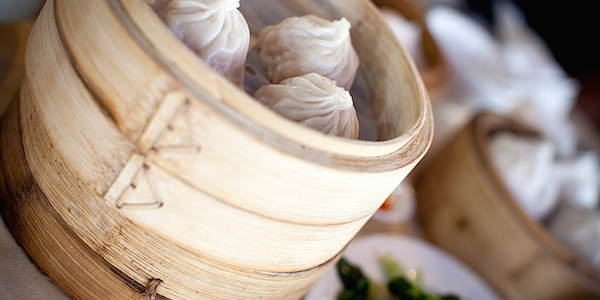
Eating through Hong Kong is sort of a prerequisite. (Stefan Lins / Flickr)
Hong Kong also has its own distinct version of regional cuisine. Rice dishes topped with egg, tomato, cheese and spam? This is the Hong Konger’s version of comfort food, mixed in with Western traditions from its colonial past. (Breakfast may consist of a salty pasta soup with ham and spam loaded, accompanied by eggs and toast.)
Thanks to a large expat population, there’s a great selection of Western fare, though it tends to lean more European than American. You wouldn’t think it but there are amazing and affordable French options due to its large French population. I’ve had better French food here than I’ve had in Paris.
Eating out here tends to be cheaper than it is in most big cities and almost everyone chooses to because shopping for groceries is barely cheaper (barely). Lunch offers the best deal at most places, with many restaurants offering a three-course set lunch pre fixe with coffee and tea for just $100 or $200 HKD.
Drinking is expensive in Hong Kong, though the standard prices for drinks are pretty uniform (around $100 HKD) whether it’s a dive bar or rooftop bar. Due to the lack of variance in pricing, it’s often better to just head straight for the rooftop bar where you can take in the skyline and the harbor. Why wouldn’t you want to feel like you’re on top of the world?
Timelines
Hong Kong puts New York City to shame. Work hard, play hard? Hong Kong does everything harder. The day starts with dim sum joints throwing open their doors at 5 a.m., 6 a.m with workers and residents waking up to start their day.
Lunch occurs around 12 p.m. to 2 p.m. with not much variance in those eating hours for office workers (see lunch pre fix lunch deal). Some establishments may offer more deals after these prime eating hours. Or if you have time, it may be time for afternoon tea.
Dinner starts at 7 p.m. or 8 p.m. just as people start getting off work. It’s not uncommon to grab dinner at 9 or even later. Then things start to blur around 10 or 11 as people grab drinks and decide whether they want to head out or not.
The nightlife doesn’t begin picking up until 11 p.m. at the very earliest, with most places hitting full throttle around midnight. From there on out, it’s anyone’s game. Call it a night at any point in time: 2 a.m. or 5 a.m. or even 8 a.m. But be forewarned, by the time you make it to 3 a.m. or 4 a.m., it’s not that much longer of a battle to stay up for an extra hour or two to finish off the night with early morning dim sum. Rinse, repeat.
Politics
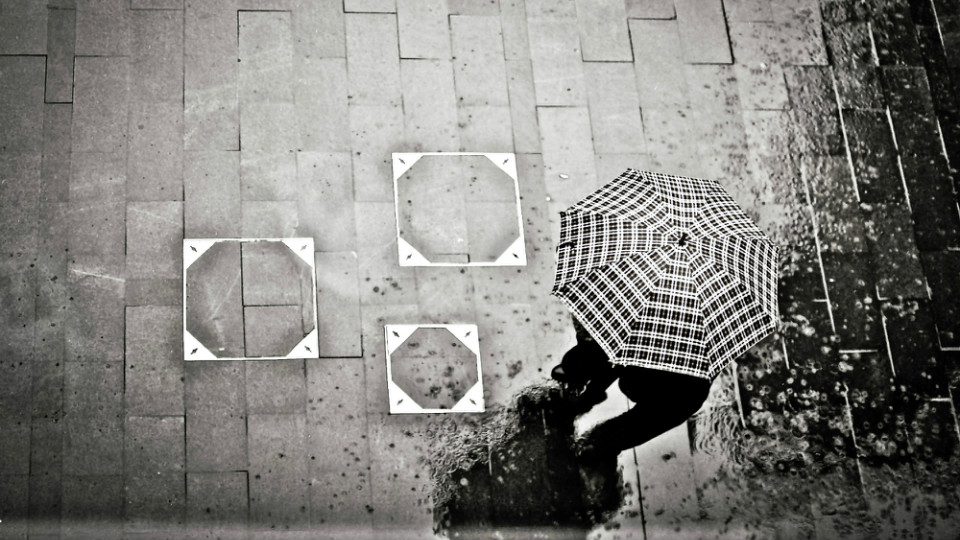
The Umbrella Revolution. (KittyKaht / Flickr)
Generally, I wouldn’t add this in our Quick Lowdown but given what’s happened in the past few months, I should address what’s happened in the past year. There has always been political tension between mainland China and Hong Kong. While mainland China was dealing with the Cultural Revolution and Mao’s Communist influence, Hong Kong, as a British territory, was thriving under capitalism. For years, China relied on Hong Kong as its economic backbone.
In growing years, this has shifted dramatically as China grows in greater and greater economic power. Coupled with the British handover of Hong Kong in 1997, most residents remain mistrustful of Chinese influence. This has resulted in tension that has manifested in peaceful protests throughout the years (they practically occur every other holiday) but October—on China’s National Day, the equivalent of our Fourth of July— was the first time that they turned violent in what’s known as the Umbrella Revolution.
Hong Kongers view themselves as culturally distinct from the rest of China. Those not familiar with the two territories can run the risk of offending native Hong Kongers. To give you an idea of how separate the two view themselves, despite having different laws, immigration systems, currencies and even languages, mainland Chinese residents cannot even enter Hong Kong without a special permit.
Water
In theory, Hong Kong water is supposedly safe to drink. In practice, many residents and locals don’t trust the water source because the cleanliness of the water depends on the state each individual building’s water source. And the buildings are old. Thus, you’ll see many people carrying and drinking out of bottled water.
Communication
The country code is +852. For such a small region, there’s actually a fair amount of competition when it comes to mobile networks in Hong Kong. Prepaid cards and data are cheap and plentiful. Providers range from 3, PCCW, SmarTone and CSL just to name a few. It may be intimidating with so much choice but don’t worry about spending too much time picking a provider. Just pick one: you could spend all day comparing (prepaid) options and the offerings can be pretty similar.
Safety
Crime what? I’ve walked around at 3 a.m. alone in deserted streets and felt perfectly fine. Just like its more Communist neighbor, crime is an extremely rare occurrence, petty or not. That still doesn’t mean you can trust a taxi driver to return your phone if you’ve left it behind, though.
Power
British-style plug. This place does have a history with the British, after all .
Additional Links
Embassy of the United States in Hong Kong
26 Garden Road
Central, Hong Kong
+852 2841 2211
Metro: Central


